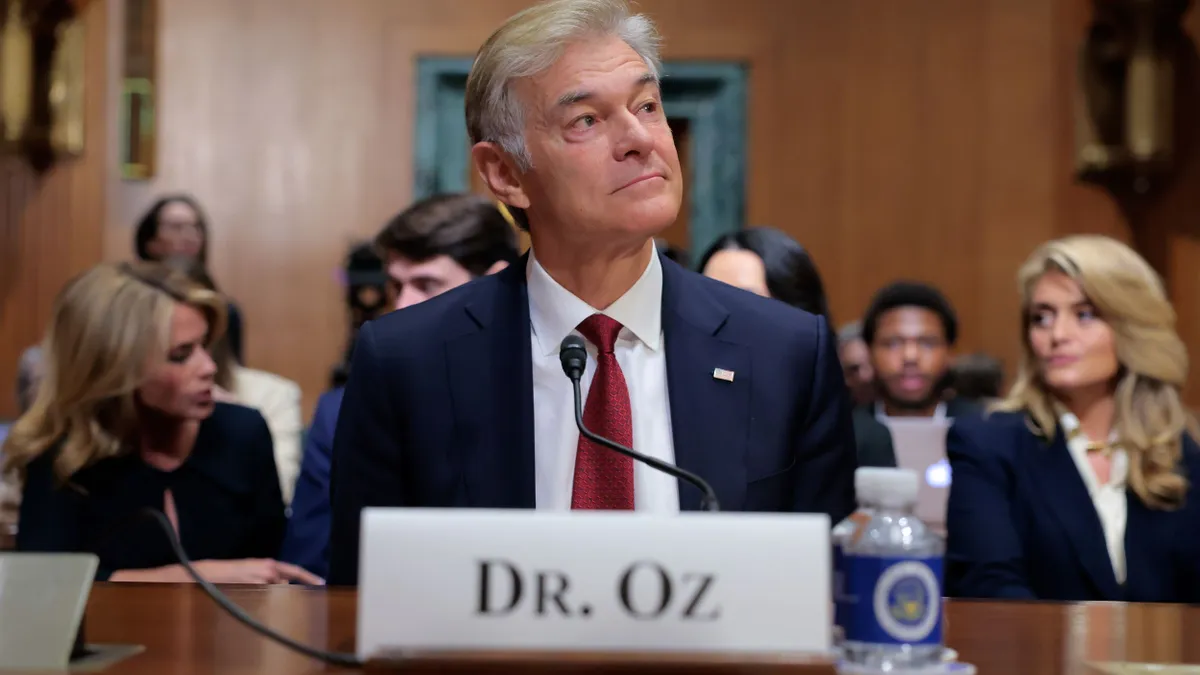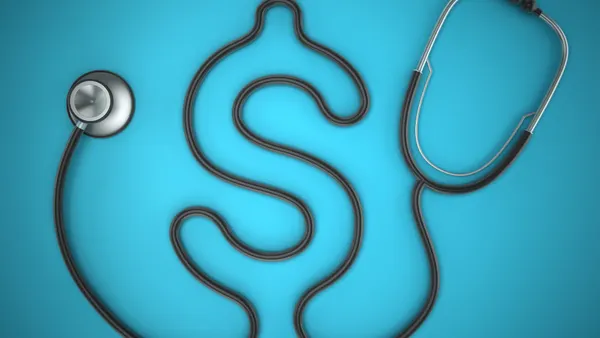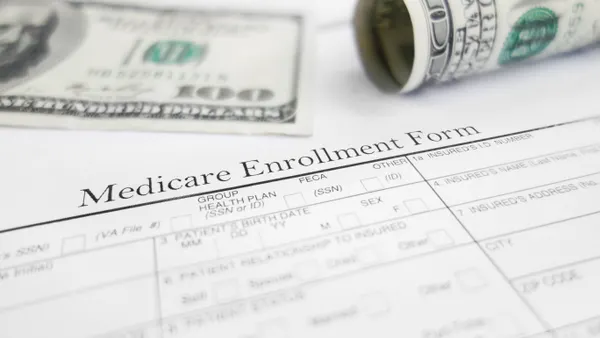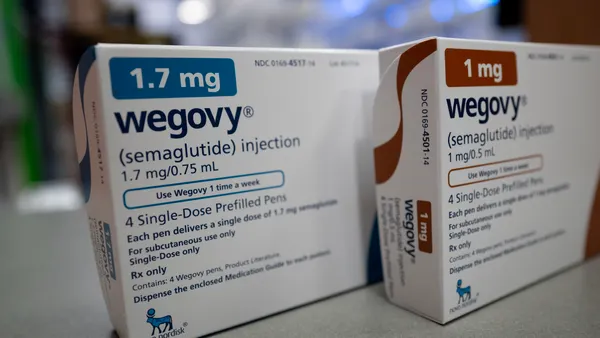Dive Brief:
- Medicare’s largest shared savings program is boasting the highest savings for accountable care organizations and the government since it began more than one decade ago.
- The Medicare Shared Savings Program generated a record $6.5 billion in savings last year, with $2.4 billion of that flowing to the government and ACOs retaining $4.1 billion in performance awards.
- The CMS also found that ACOs, groups of providers that band together to manage care for a patient population, are improving in quality, with health markers including those for blood pressure, depression and diabetes improving compared to 2023.
Dive Insight:
The Medicare Shared Savings Program, or MSSP, is the largest ACO program in Medicare with 10.3 million beneficiaries covered by almost 480 ACOs.
Participating ACOs receive a portion of the savings they generate compared to a benchmark, while ACOs with spending exceeding the benchmark might have to pay a penalty. The goal is to improve outcomes and lower healthcare costs by incentivizing providers to better manage patient care.
In 2024, 75% of ACOs participating in MSSP achieved savings totaling $6.5 billion, according to the CMS. In comparison, ACOs saved $5.2 billion the year prior.
Last year, Citrus County ACO in Central West Florida has the highest savings rate for the second year in a row, at 22.1%, according to a CMS database. Caravan Health ACO, a company that builds ACOs owned by CVS company Signify Health, brought in the highest net savings of $169.3 million.
The Alliance for Integrated Care of New York had the lowest net savings rate of -10.7%. Oregon-based Tuality Health Plan Services reported the steepest losses overall at $12.8 million, but didn’t incur any losses itself as the ACO didn’t assume downside risk.
According to the CMS, ACOs led by physicians, as opposed to those led by hospitals, generally generate higher savings. ACOs with more primary care clinicians also perform better than those with fewer such clinicians.
Continued evidence that physician-led ACOs may be superior is notable in light of a shift toward hospital-owned ACOs, which earn more revenue when patients are admitted, giving them less of an incentive to reduce pricey hospital care, according to congressional scorekeepers.
Accountable care groups cheered the CMS data, with the National Association of ACOs saying the results show “measurable success in improving high-quality, coordinated care that addresses prevention, chronic illness and the root causes of disease.”
Still, despite savings growth over the past eight years, MSSP’s longer track record is spotty. The program was associated with net losses of between $775 million and $2.1 billion from 2013 to 2021, according to research in JAMA Health Forum.
And growth in the model has slowed over the past few years amid shaky buy-in from providers, many of which are leery to take on financial risk. The 476 ACOs currently operating in MSSP is down from the 561 in the program in 2018 at the peak of MSSP participation.
During the Biden administration, regulators revamped MSSP to try to interest more providers in signing up by frontloading certain payments and allowing ACOs to get an advance on their savings.
The Trump administration has also taken an interest in the program, citing need to preserve Medicare’s tremulous financial solvency. In July, regulators proposed a rule that would shrink how much time ACOs can participate in MSSP without assuming downside risk, allow smaller ACOs to participate in the program and cut back on reporting requirements.















